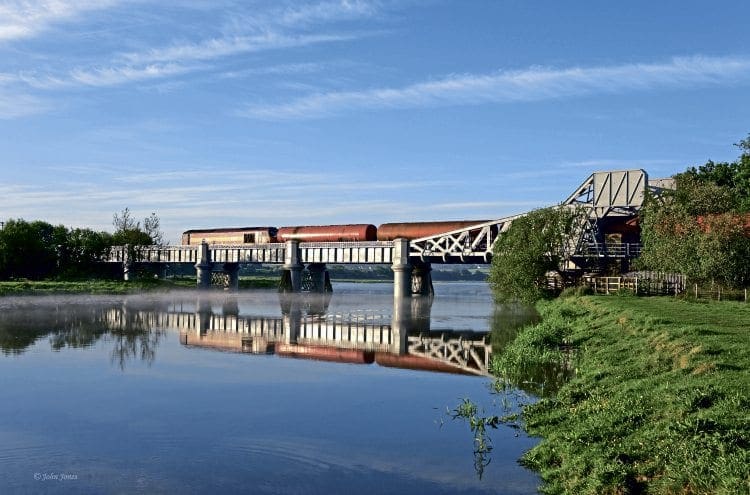swt_passenger
Veteran Member
- Joined
- 7 Apr 2010
- Messages
- 33,046
2018 contract award reported in Railway Magazine:I’m sure Network Rail will foot the bill for a National fitment of all cabs when the system goes live, just like TPWS and GSMR.
I wonder if that is factored into the £1.2bn “investment”?
“NETWORK Rail has awarded Siemens Rail Automation a contract to supply and install European Train Control System (ETCS) in-cab signalling on up to 750 British freight locomotives.”

ETCS in-cab signalling for 750 UK freight locomotives | The Railway Magazine
NETWORK Rail has awarded Siemens Rail Automation a contract to supply and install European Train Control System (ETCS) in-cab signalling on up to 750 Britis ...
 www.railwaymagazine.co.uk
www.railwaymagazine.co.uk

